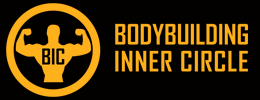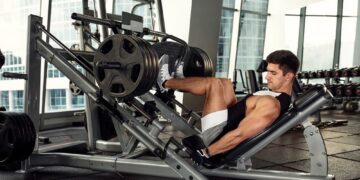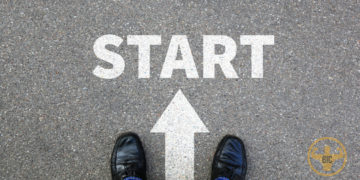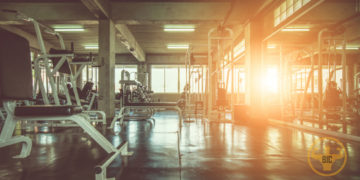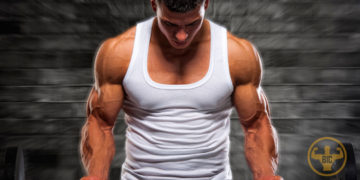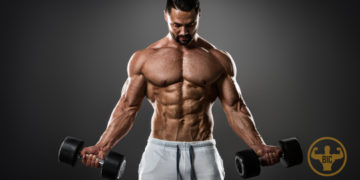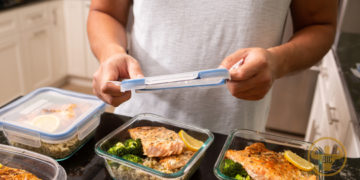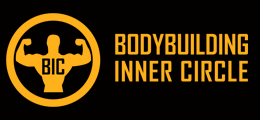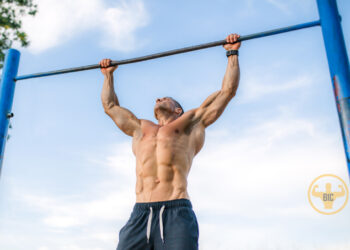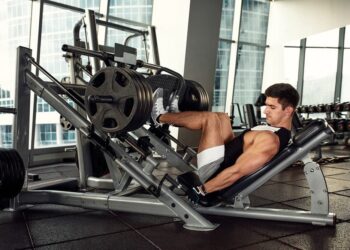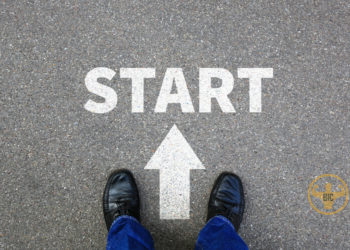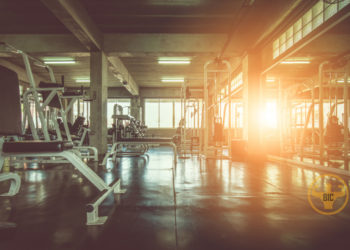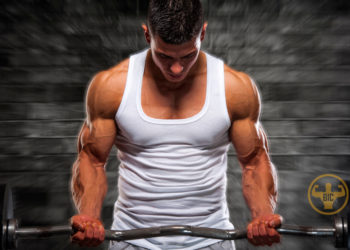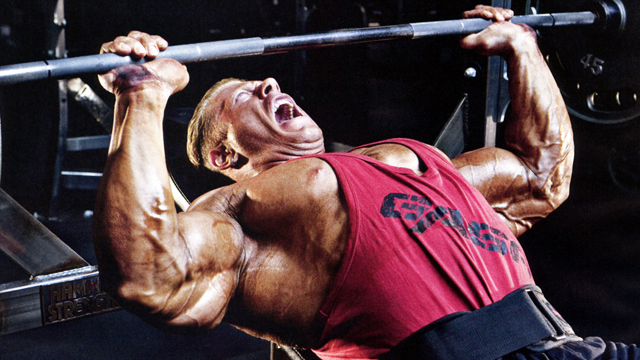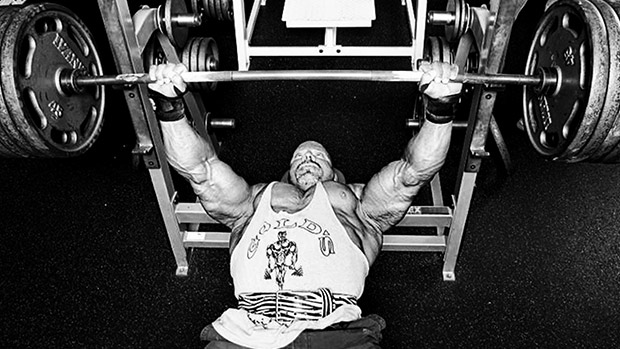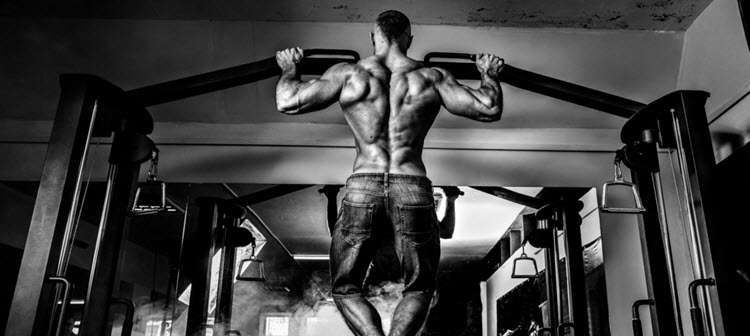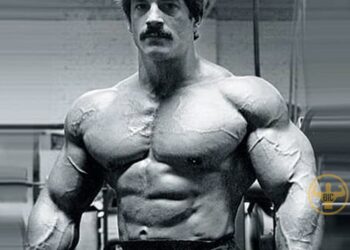Do you want to get the most out of your calf raises? If so, you need to make sure that you are doing them correctly. Many people make the mistake of not using proper form when doing calf raises, which can lead to injuries and reduced benefits. In this blog post, we will discuss how to do calf raises for maximum benefit. We will also provide a few tips on how to progress in this exercise over time.
How to correctly work your calf muscles with proper calf raise techniques for maximum calf muscle gains.
When doing calf raises, it is important to keep your feet shoulder-width apart and your knees slightly bent. You can do this exercise with or without weight, but if you are using weight, make sure that it is evenly distributed on both sides. Start by slowly raising your heels off the ground until you are standing on your toes. Hold this position for a second before lowering back down to the starting position. Make sure to keep your movements controlled and deliberate throughout the entire exercise.
If you want to increase the difficulty of this exercise over time, there are a few things that you can do. First, you can add weight by holding dumbbells in each hand or by wearing a weighted vest. You can also increase the number of reps that you do in each set. Finally, you can try doing calf raises on one leg at a time to challenge your balance and also helps in improving ankle stability.
By regularly practicing calf raises with attention to the range of motion, you will develop strong calves and calf muscles in a very short amount of time.
Seated calf raise technique
In this old-school technique, you perform this exercise by sitting with your feet on a flat surface and raising your knees so at the very top of the movement you are on the balls of your feet.
For more tension, you can add additional weight by placing a dumbell or weight plate on your knees.
Slowly lift the weight and then lower the weight to the starting position giving your calves a good stretch at the bottom.
PRO TIP: Hold your calf raise at the top position, holding where you are on the balls of your feet, and squeeze for 10 seconds, then slowly return to the stretched lower position and hold for 10 seconds, then repeat until failure.
Donkey calf raises
Donkey calf raises are a great way to add extra calf muscle size. The donkey calf raise is performed by placing your feet on an elevated surface with your toes pointing down and knees bent at a 90-degree angle. You then place your hands on a support in front of you for stability and raise your heels as high as possible before lowering back down to the stretched position.
If you want to increase the difficulty of this exercise over time, there are a few things that you can do. First, you can add weight by holding dumbbells in each hand or by wearing a weighted vest. You can also increase the number of reps that you do in each set. Finally, you can try doing calf raises on one leg at a time to challenge your balance and also helps in improving ankle stability.

Seated calf raise machine
Seated calf raises are an old-school technique where you perform calf raises by sitting on a plate-loaded machine slowly lifting the weight and then lowering the weight to the starting position giving your calves a good stretch at the bottom.
PRO TIP: Hold the top position where you are on the balls of your feet and squeeze for 10 seconds, slowly return to the stretched lower position and hold for 10 seconds, then repeat until failure
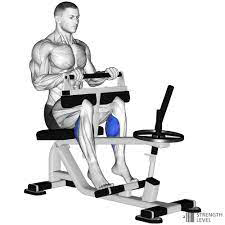
Standing calf raise
Standing calf raise is a great way to develop calf muscle endurance and also improve ankle stability, and plantar flexion. The standing calf raise is performed by placing your feet shoulder-width apart with your toes pointing forward and knees slightly bent. You then raise your heels off the ground as high as possible before lowering back down to the starting position.
You can add weight to this exercise by holding a dumbbell in each hand or by wearing a weighted vest.
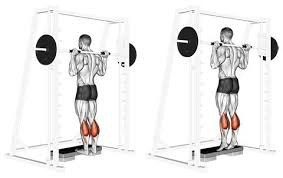
Standard calf raise
Standard calf raise is one of the more popular workouts as a calf-strengthening exercise that can be performed with or without weight.
See the example below:
Calf raise variations
Benefits of Standing Calf Raises
Performing this exercise in a standing position activates both muscles running up the back of the leg: the gastrocnemius muscle and soleus muscles. This muscle plays an important part in ankle flexion and extension and propels running as well as jumping. The gastrocnemius muscle also acts with the hamstring to control knee extension while the soleus is maintained in the correct position and pumps back blood to the heart. If the calf muscle strains or breaks more easily, it becomes weak. Calf raise is a simple but minimally invasive way of strengthening the gastronomes and soles of the stomach. Strong, flexible calf musculature improves stability and stability, decreases foot and ankle injury, and improves the asymmetrical movement of runners and jumpers.
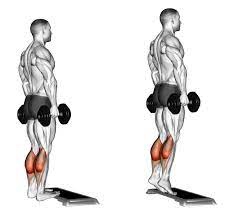
Benefits Of Calf Raises
Raising your thighs and ankles will only improve your calf strength. This is the main advantage you get if you work both the gastrocnemius and soleus (two muscles that attach through the Achilles tendon to the heel bone to form the calves). Bring in balance and ankle stability. Using this technique improves your ankle balance and strengthens it. The Calf raises helps to improve the balance of the human body. Improved strength. In case your training involves explosive movements, calf raises are an added boost. This extra ankle stabilization is beneficial in landing / taking off.
Calf Exercises FAQ
What are Calf Raises?
These exercises are lower leg exercises that strengthen the calf muscles and the muscles behind the ankle. The calf has two parts, the primary muscle of the calf is the gastrocnemius. It is one of the more fleshy parts of the calf and controls flexion in the feet and flexion of the knee. The heel is the other muscle that forms the soleus. The calf flies are simple exercises that can be done at home with or without weight to improve calf muscle strength.
How to Do Calf Raises?
There are two types of calf raises, the Double-leg calf raise and the Single-leg calf raise. The Double-leg calf raise is done by placing your feet hip-width apart with a slight bend in your knees and lowering your heels until they are below the level of your toes. From this position, raise your heels as high as possible before lowering them back down to the starting position. The Single-leg calf raise is done by placing the ball of one foot on an elevated surface with your heel hanging off and your other foot placed behind you for support. From this position, raise your heel as high as possible before lowering it back down to the starting position.
How often should I do Calf Raises?
Reps may vary depending upon the weight you add, but Batt says optimal outcomes are achieved through long sets and you’re feeling burnt, resulting from a high rep. He suggested doing 15-25 reps in a set and adding calf training twice daily to calf training. Calf raise is an individual workout; I’m aiming to incorporate these exercises with other low-back Supersets or as a finishing technique in completing your training.
Calf Blasting Tips
You now have the basic steps to follow. Use these additional tricks.
- Do a 3-second raise, hold for 10 seconds, then slowly lower for 3 seconds, followed by a hold in the stretched position for 10 seconds.
- Use a stopwatch and do nonstop calf raises for 10min (or whatever time you can currently do without stopping) Record your best time and work to beat it in every workout.
- Do calf raises more often. Working this muscle group every day is not uncommon, especially for athletes that have weaker calves. Strong calf muscles can be obtained by using the full range of motion, static holds, time under tension, and consistency.
- Do single leg movements Example: isolating the right and then moving to the other leg.
Final Thoughts
Calf workouts are a great way to build lower body strength and improve your overall athleticism. However, many people make the mistake of not using proper form when adding calf raises to a workout routine, which can lead to injuries.
By following these tips, you can be sure that you are doing calf raises correctly and getting the most out of this exercise. Remember when you incorporate calf raises to focus on quality over quantity when doing calf raises, and don’t be afraid to add weight or increase the number of repetitions as you get stronger. With consistency and dedication, you will see great results from this exercise in no time!
